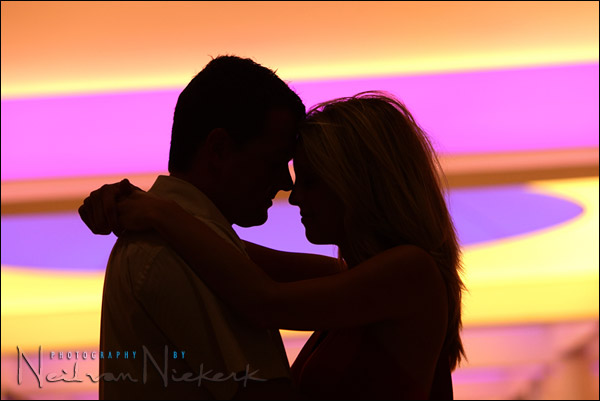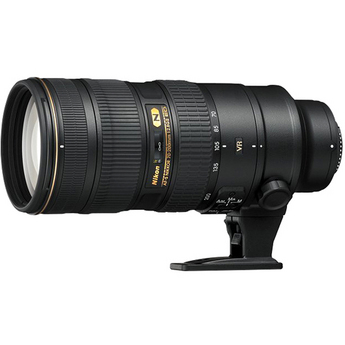
composition: finding the perfect background for photographs
Photographers and clients alike regularly comment on this photograph in my portfolio, and the question invariably asked is whether this is a Photoshop effect. Far from it – this image is straight out of the camera …
It is an image taken during one of the portrait sessions of Desha and Kyle when I was the photographer for their destination wedding in Aruba. Their wedding consisted of two parts: The noon-time legal wedding ceremony at the Orangestad courthouse; and afterward later in the evening, the vows ceremony on the beach. After the wedding ceremony at the courthouse was completed in the early afternoon, I spent some time with Desha and Kyle, photographing them around the colorful city center. The old colonial buildings offered a beautiful setting for this first set of wedding day portraits.
As we finished up this noon-time session, Desha and Kyle and I agreed to meet again on the beach much later in the evening and we said our goodbyes. We were walking through a shopping center on the way to the main street to grab taxis to take us to our respective lunchtime destinations … and then I called them back excitedly, and told them to stand in a certain spot in the middle of the shopping center and just snuggle in a bit.
They both looked a bit bemused at my request – after all, it was just a shopping center – but they indulged me. I lay down on the ground and shot upwards against the neon-lit ceiling. By throwing the multi-colored neon lights out of focus, I was able to isolate the couple against this background. With a 70-200mm f2.8 zoom, I was able to zoom in close and use a wide aperture, to do exactly that – isolate them against an out of focus background.
It’s a photo that I am quite proud of, since it is so striking looking … but also because it is difficult for anyone who wasn’t there to figure out the context.
recommended lenses for portrait photography
Again, the lens that is essential here, is a fast 70-200mm zoom. It is my go-to lens to work at a wider aperture (f3.5 in this example at the top), and a long focal length to help separate your subject(s) from the background. Both the Nikon and Canon lenses here are stellar.
Nikon 70-200mm f2.8 AF-S VR II (B&H)


Beautiful! (BTW: I was thinking “Times Square” when I first saw the pic, since you have some great shots portraits from there in this blog. Thanks for your generosity in sharing your secrets.)
I thought of Times Square as well. Neil you really can see something and turn it into “SOMETHING” entirely wonderful.
Good eye…
I agree with the above people. Neil has a good eye for backgrounds. :-)
The 70-200 f2.8 is wonderful.
Incredible ! Neil, I learn so much every time I am on your website. Thank you for sharing your talent !
Excellent picture..
Hi, Neil. Background is just as important as foreground. Beautiful example.
I have tried to get shots like this but the people never turn out as silhhouettes. I assume you expose for the background lights to get a fast shutter speed.
Brian, indeed, I exposed just for the background. Since the background is brighter than my subjects here, it easily went to silhouette. The fast shutter speed isn’t a requirement. Just that the background is exposed correctly in this scenario where the couple is comparatively shaded.
Beautiful photo. So glad you’ve this site for photographers like myself. I’m looking forward to learning from your advice and techniques.
Another great article, Neil. Love how you explain things in a simple and logical way. Can’t wait for your new book to get published!
Awesome shot, beautiful colours. Love how the “orange bar” in the background connects the two figures at eye level.
Hi! Could someone please post a picture of the type of background used in this photo? I’ve read the article 3 times, and I cannot picture what Neil saw in the shopping center that led to this gorgeous shot. Thanks in advance! =)
Dana … the lights there are from the various neon lights and up-lighting in the shopping mall, with the ceiling curving. So the lights become an abstract pattern, thrown out of focus with the longer lens.